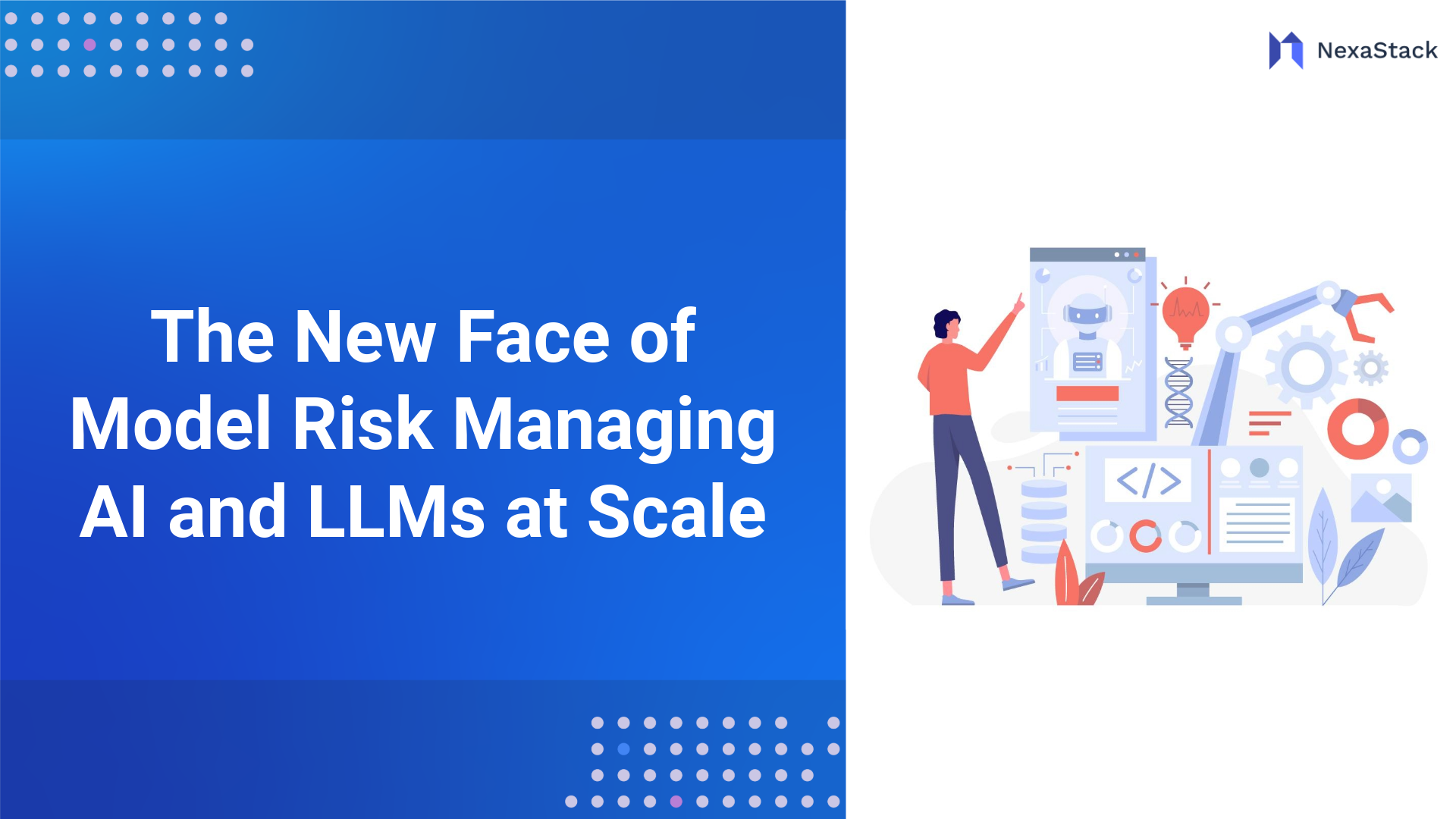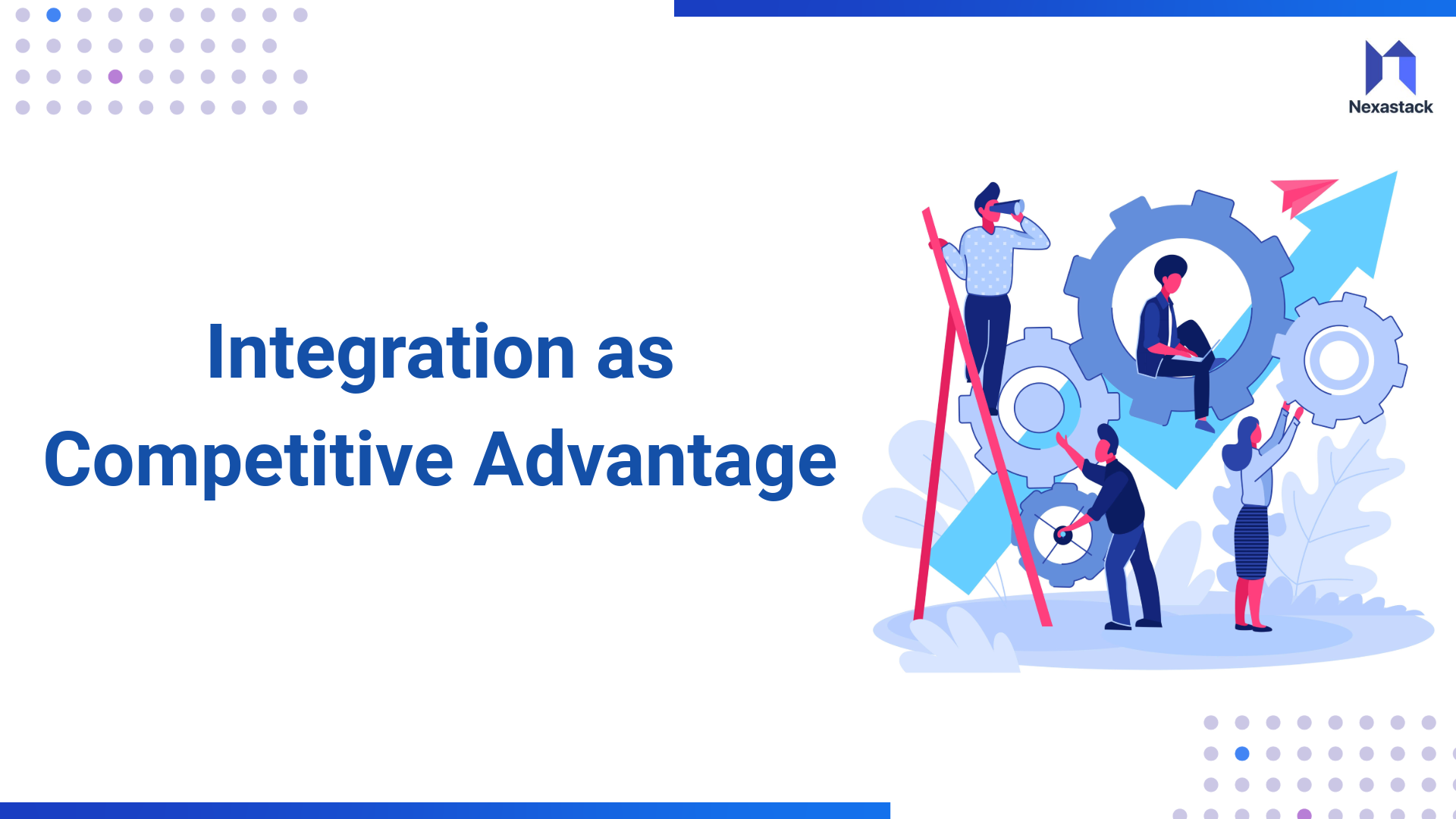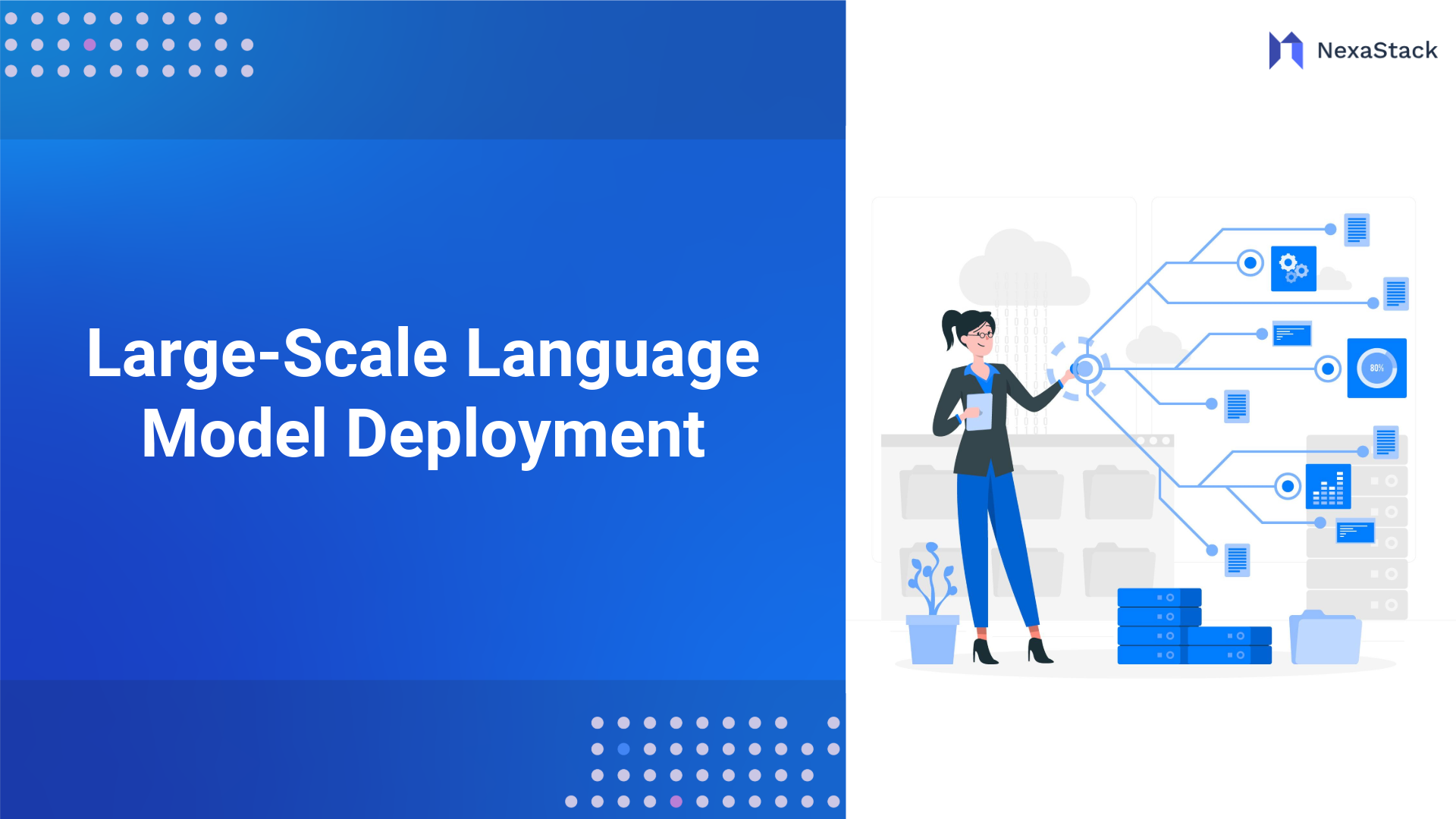In the rapidly evolving world of artificial intelligence (AI) and machine learning (ML), deploying a model into production is only the beginning. Once live, models face a silent but pervasive challenge: model drift. This phenomenon occurs when a model’s performance degrades over time due to changes in the underlying data or environment, rendering predictions less accurate or obsolete. Model drift is a hidden threat that can erode trust in AI systems, increase operational risks, and lead to costly errors in industries ranging from finance to healthcare.
The stakes are high. A fraud detection model that misses emerging patterns can cost millions, and a recommendation system that fails to adapt to shifting user preferences can drive customers away. While robust for model development and deployment, traditional machine learning operations (MLOps) pipelines often lack the proactive mechanisms to address drift effectively. This blog explores how organisations can combat model drift by adopting a proactive infrastructure design, integrating continuous monitoring, automated detection, and adaptive governance to ensure AI systems remain reliable and effective in dynamic environments.
Key Insights
Model drift leads to performance degradation when input data or real-world patterns change. Proactive infrastructure enables early detection, mitigation, and adaptation to these shifts in production.
Data Monitoring
Validates input features against the original training distribution.
Performance Monitoring
Tracks model metrics to detect degradation over time.
Concept Drift Detection
Identifies changes in the relationship between inputs and outputs.
Automated Retraining
Triggers model updates in response to detected drift.
Understanding Model Drift
Model drift refers to the degradation of a machine learning model’s performance when the statistical properties of its input data or the relationships it was trained to predict change over time. Drift can compromise a model’s generalisation ability, leading to poor decision-making and unreliable outputs. To tackle drift effectively, it’s critical to understand its types, causes, and consequences.
Concept Drift vs. Data Drift
Model drift manifests in two primary forms: concept drift and data drift.
-
Concept Drift: This occurs when the relationship between input features and the target variable changes. For example, in a credit scoring model, economic conditions might alter how creditworthiness correlates with certain features (e.g., income levels). If the model was trained on pre-recession data, it may fail to predict defaults accurately during a downturn. Concept drift is particularly challenging because it often requires retraining or redesigning the model to capture new patterns.
-
Data Drift occurs when the distribution of input features changes, even if the underlying concept remains the same. For instance, a retail recommendation system trained on summer shopping data might encounter drift in winter when customer preferences shift toward seasonal products. Data drift can often be addressed by updating the model with fresh data or adjusting preprocessing pipelines.
Both types of drift are insidious because they can occur gradually, making them hard to detect without robust monitoring systems.
Causes and Consequences
Model drift can stem from various sources:
-
Environmental Changes: Shifts in market conditions, user behaviour, or external events (e.g., a global pandemic) can alter data distributions or relationships.
-
Data Pipeline Issues: Data collection, preprocessing, or feature engineering errors can introduce inconsistencies.
-
Adversarial Inputs: Malicious actors may deliberately manipulate inputs to evade detection in security-sensitive applications like fraud detection.
-
Seasonality and Trends: Temporal patterns, such as holiday shopping spikes or economic cycles, can cause drift if not accounted for during training.
The consequences of unchecked drift are severe. Inaccurate predictions can lead to financial losses, operational inefficiencies, or compromised safety. For example, a healthcare model predicting patient outcomes might misdiagnose conditions if it fails to adapt to new medical protocols. Beyond tangible losses, drift erodes trust in AI systems, making stakeholders hesitant to rely on automated decisions.
Why Traditional MLOps Falls Short
Traditional MLOps pipelines are designed to streamline model development, training, and deployment. They emphasise version control, reproducibility, and scalability, leveraging tools like Kubernetes, Airflow, and MLflow. However, these pipelines often treat deployment as the finish line, overlooking the dynamic nature of production environments.
Key shortcomings include:
-
Reactive Monitoring: Many MLOps setups rely on manual or periodic checks to detect performance issues, which delays drift detection and response.
-
Static Assumptions: Traditional pipelines assume data distributions remain stable, failing to account for real-world volatility.
-
Siloed Workflows: Data scientists, engineers, and operations teams often work in isolation, hindering coordinated responses to drift.
-
Lack of Automation: Retraining or redeploying models in response to drift is often manual, introducing delays and human error.
To address these gaps, organisations need a proactive infrastructure design that anticipates drift and embeds resilience into the AI lifecycle.

Proactive Infrastructure Design: A New Paradigm
Proactive infrastructure design shifts the focus from reactive fixes to anticipatory systems that detect, mitigate, and adapt to real-time drift. This paradigm integrates continuous monitoring, automated pipelines, and adaptive governance to ensure models remain robust in dynamic environments. By embedding drift management into the infrastructure, organisations can reduce downtime, improve prediction accuracy, and maintain stakeholder trust.
The core principles of proactive design include:
-
Anticipation: Building systems that expect change rather than assume stability.
-
Automation: Leveraging automated pipelines to detect and respond to drift without manual intervention.
-
Integration: Aligning drift management with existing MLOps workflows, such as CI/CD and model registries.
-
Governance: Establishing policies to ensure ethical and practical responses to drift.
This approach requires advanced tools, robust architecture, and a cultural shift toward continuous improvement.
Key Infrastructure Capabilities to Combat Drift
Organisations must invest in infrastructure capabilities that enable continuous monitoring, rapid detection, and adaptive responses to combat model drift. Below are five critical components of a drift-resilient infrastructure.
Continuous Data Monitoring
Continuous data monitoring involves tracking incoming data's statistical properties to detect distribution shifts. Tools like AI or custom statistical tests (e.g., Kolmogorov-Smirnov or Jensen-Shannon divergence) can compare live data against training data to identify drift. For example, monitoring feature distributions in a fraud detection system can reveal when new transaction patterns emerge, signalling potential data drift.
Implementation tips:
-
Use streaming data platforms (e.g., Apache Kafka) to process incoming data in real time.
-
Set thresholds for drift detection based on domain-specific tolerances.
-
Visualise data distributions using dashboards to facilitate human oversight.
Real-Time Model Performance Tracking
Performance tracking monitors key metrics (e.g., accuracy, F1 score, or AUC) to detect degradation. This requires forecasting and ground truth labels in production, which can be challenging when labels are delayed or unavailable. Techniques like proxy metrics (e.g., prediction confidence) or synthetic labels can bridge this gap.
Implementation tips:
-
Use observability platforms like Prometheus or Grafana to track metrics in real time.
-
Define performance baselines during model validation to set alerts for deviations.
-
Integrate performance tracking with alerting systems to notify teams of potential drift.
Automated Drift Detection Pipelines
Automated pipelines streamline drift detection by integrating monitoring tools with decision-making logic. For example, a pipeline might trigger retraining when drift exceeds a threshold. Tools like Kubeflow or TFX can orchestrate these workflows, ensuring scalability and reliability.
Implementation tips:
-
Use statistical tests or ML-based drift detectors to quantify changes.
-
Automate retraining with pre-approved datasets to reduce latency.
-
Log all drift events for auditing and post-mortem analysis.
Feedback Loops and Human-in-the-Loop Systems
Feedback loops incorporate human expertise to validate automated drift responses. For instance, when drift is detected, a human-in-the-loop (HITL) system can review model outputs and approve retraining or updates. This is critical in high-stakes domains like healthcare, where automated decisions carry significant risks.
Implementation tips:
-
Build interfaces for domain experts to review drift alerts and model outputs.
-
Use active learning to prioritise data points for human labelling.
-
Maintain a feedback database to improve future drift detection algorithms. Shadow deployments and canary testing allow organisations to test updated models in production-like environments without affecting live traffic. In shadow deployments, a new model runs alongside the existing one, processing data but not serving predictions. Canary testing gradually rolls out the new model to a subset of users, monitoring performance before full deployment.
Implementation tips:
-
Use A/B testing frameworks to compare model versions.
-
Monitor shadow models for drift and performance before promotion.
-
Ensure rollback mechanisms are in place for failed canary tests.
 Architectural Blueprint: Drift-Resilient AI Infrastructure
Architectural Blueprint: Drift-Resilient AI Infrastructure
A drift-resilient AI infrastructure integrates the above capabilities into a cohesive system. A typical blueprint includes:
-
Data Ingestion Layer: Streaming platforms (e.g., Kafka, Flink) to collect and preprocess live data.
-
Monitoring Layer: Tools for continuous data and performance monitoring, integrated with statistical tests and visualisation dashboards.
-
Drift Detection Layer: Automated pipelines that trigger alerts or actions based on drift thresholds.
-
Model Management Layer: Model registries (e.g., MLflow, DVC) to version and store models, enabling seamless updates.
-
Orchestration Layer: Workflow engines (e.g., Airflow, Kubeflow) to automate retraining, testing, and deployment.
-
Governance Layer: Policies and audit trails to ensure compliance and accountability.
This architecture ensures scalability, modularity, and resilience, allowing organisations to adapt to change without disrupting operations.
Integrating with CI/CD and Model Registries
Continuous integration and continuous deployment (CI/CD) pipelines are critical for automating model updates in response to drift. By integrating drift detection with CI/CD, organisations can streamline retraining and redeployment. Model registries play a complementary role by storing model versions, metadata, and performance metrics, enabling traceability and rollback.
Implementation steps:
-
Use CI/CD tools like Jenkins or GitHub Actions to automate model testing and deployment.
-
Store model artefacts in registries like MLflow or Weights & Biases.
-
Trigger CI/CD pipelines based on drift detection alerts.
-
Validate new models in staging environments before production deployment.
This integration ensures that drift responses are fast, reliable, and aligned with DevOps best practices.
Governance and Policy Enforcement for Drift Response
Governance ensures that drift responses are ethical, compliant, and effective. Policies should define:
-
Thresholds for acceptable drift levels.
-
Approval workflows for model updates.
-
Audit trails for drift events and responses.
-
Compliance with regulations (e.g., GDPR, HIPAA) for data and model changes.
Implementation tips:
-
Use policy engines like Open Policy Agent (OPA) to enforce rules.
-
Document all drift-related decisions for transparency.
-
In governance design, cross-functional teams (data scientists, engineers, compliance officers) are involved.
Effective governance balances automation with human oversight, ensuring accountability without sacrificing agility.
Case Study: Drift Detection in a Real-World Enterprise Workflow
Consider a global e-commerce platform using a recommendation model to suggest products. Initially trained on historical purchase data, the model performs well but begins to falter during the holiday season due to data drift (seasonal shopping patterns) and concept drift (new product categories). The company implements a drift-resilient infrastructure with the following components:
-
Continuous Monitoring: Kafka streams live user data, and AI monitors feature distributions, detecting a shift in product category preferences.
-
Performance Tracking: Prometheus tracks recommendation click-through rates, flagging a 10% performance drop.
-
Automated Pipelines: A Kubeflow pipeline triggers retraining with updated holiday data when drift exceeds a threshold.
-
Shadow Deployment: The retrained model is tested in shadow mode, confirming improved performance before rollout.
-
Governance: A HITL system allows product managers to review recommendations, ensuring alignment with business goals.
Within a week, the updated model restores performance, increasing revenue by 15% during the holiday peak. This case illustrates how proactive infrastructure can turn drift from a liability into an opportunity.
Conclusion: Building for Change, Not Just Control
Model drift is an inevitable challenge in production AI systems, but it doesn’t have to be a dealbreaker. Organisations can anticipate, detect, and respond to drift with agility and precision by adopting proactive infrastructure design. Continuous monitoring, automated pipelines, feedback loops, and robust governance form the backbone of a drift-resilient AI ecosystem. As AI continues to permeate critical industries, building systems that embrace change rather than resist it will be the key to sustainable success.
By investing in these capabilities, organisations can combat model drift and unlock new opportunities for innovation, ensuring their AI systems remain trustworthy and effective in an ever-changing world.
Next Steps with Proactive Infrastructure Design
Talk to our experts about implementing compound AI system, How Industries and different departments use Agentic Workflows and Decision Intelligence to Become Decision Centric. Utilizes AI to automate and optimize IT support and operations, improving efficiency and responsiveness.


